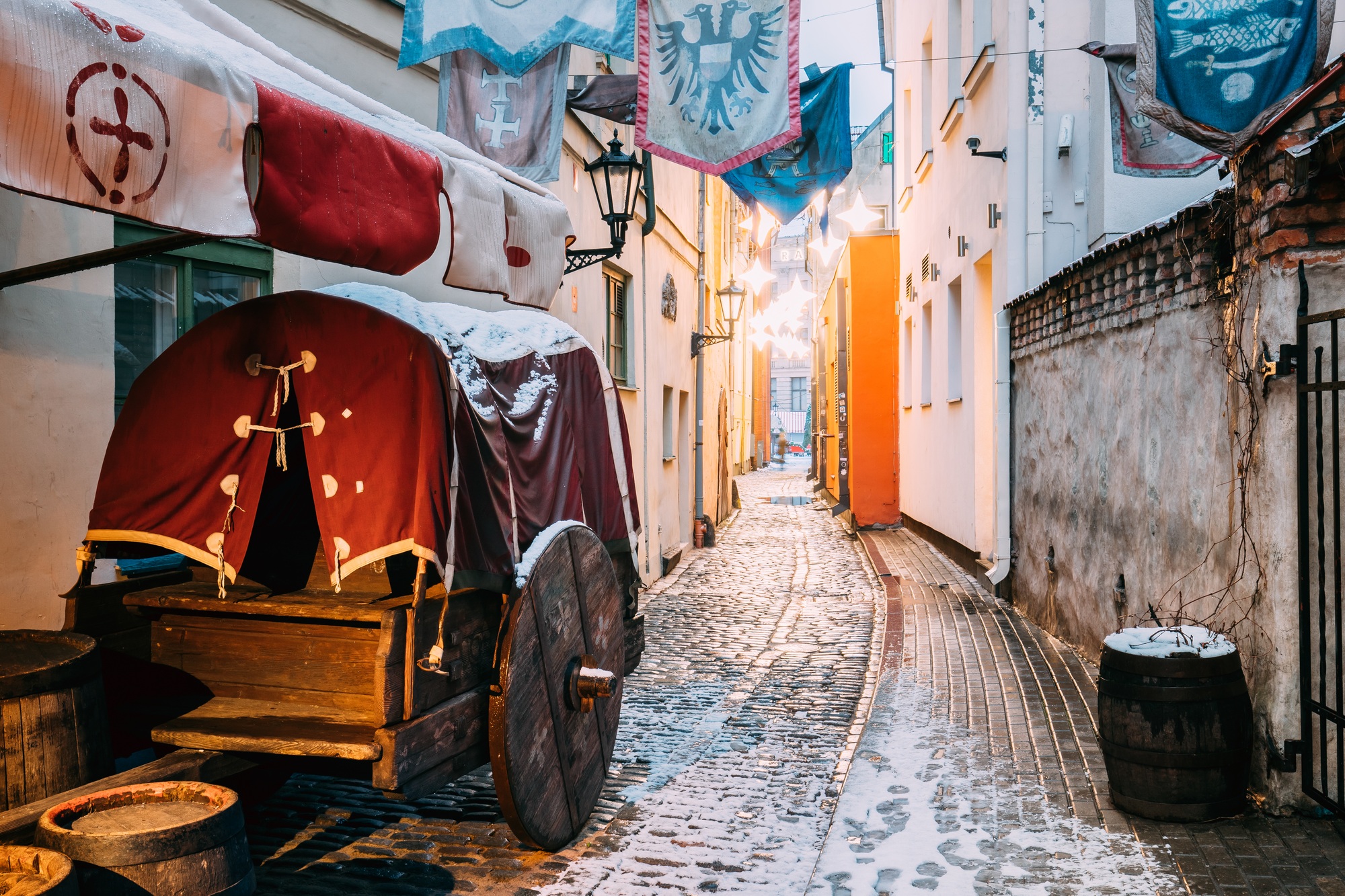Costa Blanca
Where can you see Friday’s total lunar eclipse?
The total lunar eclipse, which is expected to be visible in many locations across the globe, will cause the moon to become red in the early hours of Friday March 14th. At the end of totality or moonset, it will be visible in Spain, especially in the Canary Islands, the middle and western portions of the peninsula, and Ceuta and Melilla. The eastern portion of the peninsula and the Balearic Islands will not be as fortunate to witness this event, as they will only be able to take in a portion of it.
Important information on the total lunar eclipse
The Red Moon or “Blood Moon” complete lunar eclipse will start on the evening of Thursday March 13th and last until the morning of Friday March 14th. This astronomical event will peak at 7:54 a.m., making it the ideal time to gaze up into the sky and consider this phenomenon.
The Moon will go through many phases at that time, each lasting roughly sixty minutes:
Penumbral lunar eclipse: A faint darkening begins when the full Moon passes into the Earth’s penumbra.
Partial lunar eclipse: The Moon starts to become red as it moves into the Earth’s umbra.
Total lunar eclipse: When the Moon reaches the phase of totality, it is totally encircled by the Earth’s umbra.
The process is reversed during a partial lunar eclipse (rising phase), when the Moon gradually loses its reddish hue as it emerges from the umbra.
Penumbral lunar eclipse (last stage): The Moon regains its brightness and distinctive grayish-white colour as it rises out of the darkness on Earth.
The following approximate times will mark the start of this entire process:
At 06:10, the partial eclipse begins.
Total eclipse begins at 07:26.
Eclipse maximum: 07:50.
Total eclipse ends at 8:31.
Partial eclipse ends at 09:48.
Where in Alicante can I watch the whole moon eclipse?
The following suggestions need to be considered in order to observe this occurrence as best as possible:
Location: To get the best view, you should stand high or have a clear horizon to the west. You should also stay away from structures or mountains that could block your view of the Moon as it gets closer to the horizon.
Conditions of the atmosphere: For optimal viewing, clear skies are necessary. Prior to the event, local weather forecasts should be checked.
Equipment: While the eclipse may be seen with the unaided eye, it can be improved by using binoculars or a telescope to see more details of the event.
In this scenario, we will need to relocate to areas west of Alicante that have high visibility and minimal light pollution, like these:
Serra Grossa: A high point away from the brightest city lights, with good horizon visibility.
North of Alicante, Monte Orgegia is a higher location with less light pollution than the city centre.
A mountain on the outskirts of Alicante, Sierra de Fontcalent offers a clear perspective of the western horizon and darker skies.
Maigmó and Els Plans: This mountain range is perfect for astronomy observation and is around 30 to 40 minutes from Alicante.
Cabo de la Huerta is a rocky coastal region with low artificial lighting and unobstructed views of the sea.
Elche’s Carabassí Beach is a natural setting with a broad horizon and minimal light pollution.
The cliffs of Serra Gelada Natural Park (Albir/Benidorm) provide an unhindered view of the west.
The Santa Pola Lighthouse is high above the city and offers unobstructed views of the ocean.
A mountain location with breathtaking views and ideal conditions for astronomical viewing is Cabeçó d’Or Summit (Busot).











